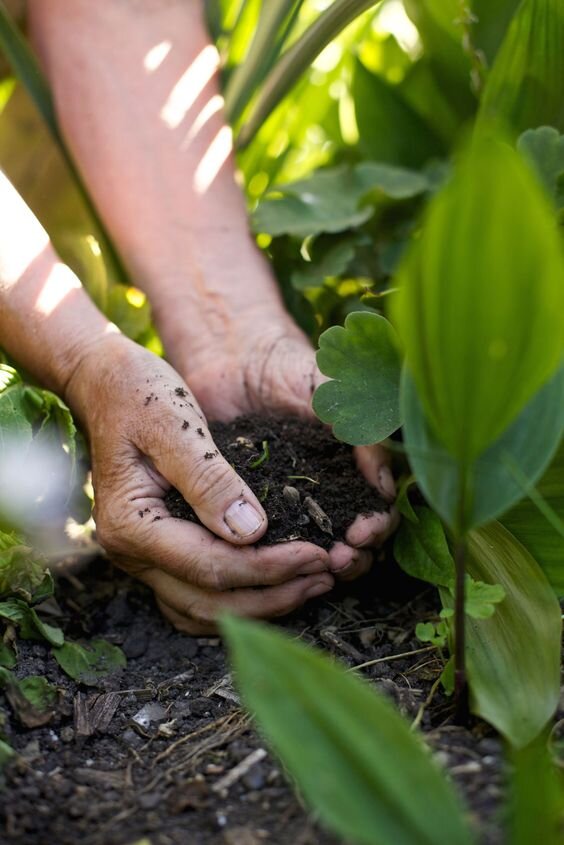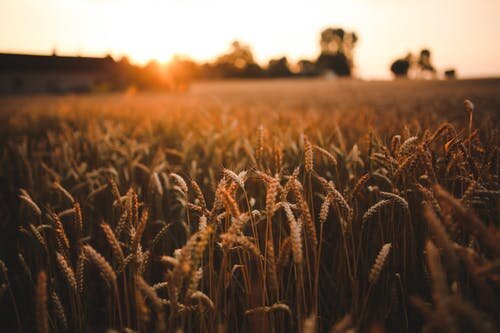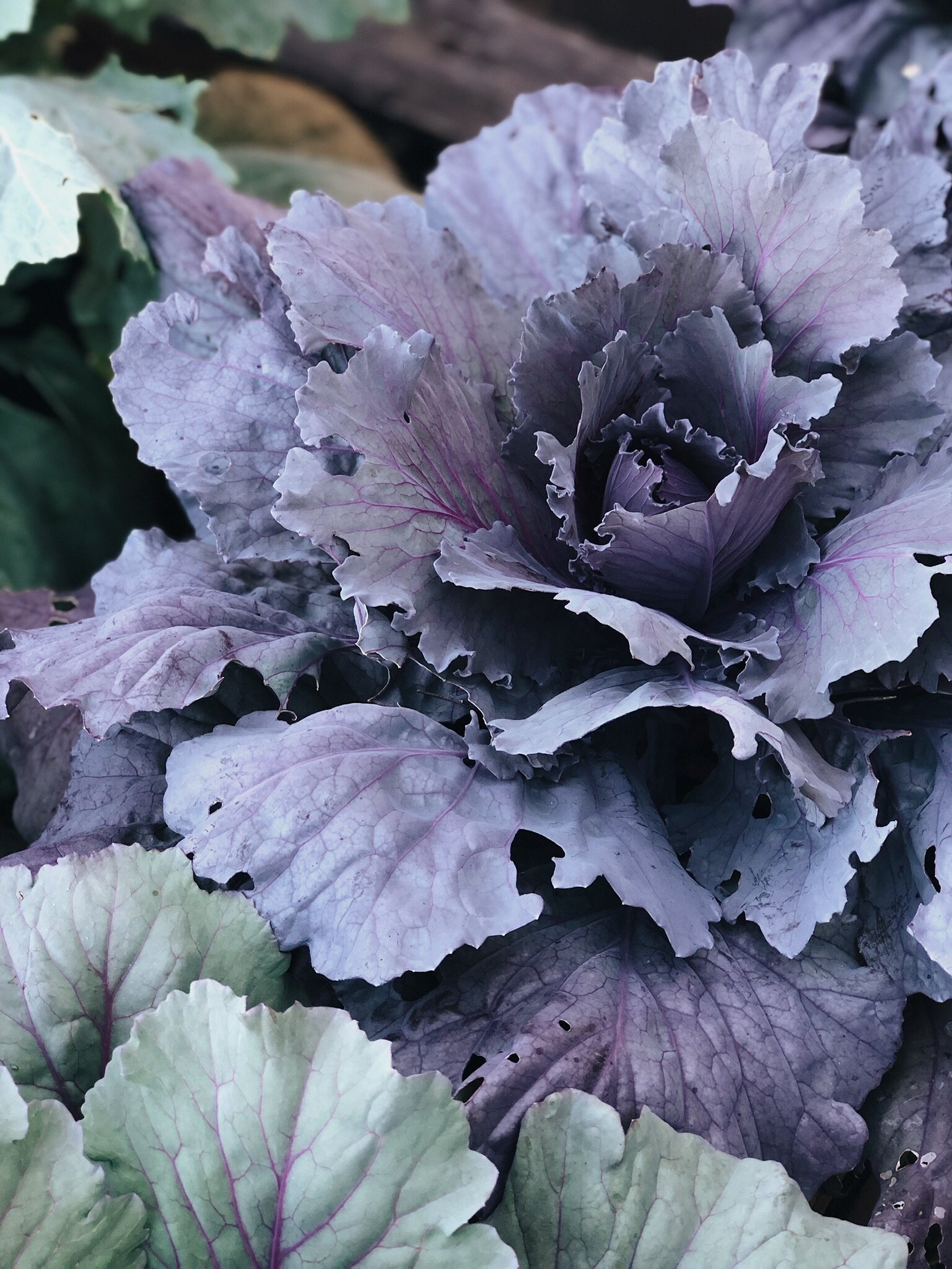
B L O G
How and When To Prune Your Shrubs
Pruning is an essential part of a plant’s life. Not only does it make your shrub look refreshed, but it also encourages healthy growth and sustainability for your plant to last year after year. And if you follow these steps on how and when to prune your shrubs, you’ll having your gorgeous shrubs lasting quite a long time.
Pruning is an essential part of a plant’s life. Not only does it make your shrub look refreshed, but it also encourages healthy growth and sustainability for your plant to last year after year. And if you follow these steps on how and when to prune your shrubs, you’ll having your gorgeous shrubs lasting quite a long time.
Why You Should Prune Your Shrubs
So why do it? Well, as plants grow, mature, and produce seeds/fruit/flowers, a little bit of maintenance and love is required from us. Pruning is the act of removing branches, leaves, and buds from a plant in order to make it more attractive, or to maintain its health.
Why take the extra time? Because your plant relies HEAVILY on it. Pruning removes any dead, dying, or diseased portion of the plant and helps to prevent spreading any disease throughout. Pruning also allows more light and air to pass throughout the plant, giving it more nutrients and allowing room for new growth.
Another common reason to prune would be what’s called “training” or “shaping”, which is when you want to shape a tree, hedge, or shrub. Training is accomplished by cutting branches to restrict growth. It also reduces the amount of branches, so an increase in energy and nutrients can go to all the other stems to produce more flowers/fruit.
When to Prune
It's important to remember to research your plant's specific needs, because no plant is the same as the other. However, here is a basic guideline that can assist you when there are no resources at hand:
Flowering Shrubs- prune immediately after blooming has ended
Non-Blooming Shrubs- prune late Winter or early Spring
Seasonal Pruning Guideline
Late winter is usually a time to prune fruit trees, non-flowering shrubs, trees, hedges, and berried shrubs/trees.
Spring is a time to prune any summer flower shrubs that have not bloomed yet.
Late spring pruning involves cutting back spring flowering shrubs that have already bloomed.
Summer is a great time to prune summer flowers after they have finished blooming.
Fall is a great time to prune roses, and also to remove any annuals that are finished with their season.
How to Prune
The two ways to prune your plant are by Heading + Thinning.
1. Heading
Heading is cutting off part of a branch in order to make the rest of the remaining branch stronger. It is used when new growth is wanted. If you are wanting new growth, you will want to cut the branch/stem just above the bud at an angle, remembering not to cut too close to the bud, but also not too far away. It may sound complicated, but we would be glad to show you how this achieved if you stop by one of our locations here in North Carolina.
2. Thinning
Thinning is cutting off a branch at its origin to prevent any new growth. This could include cutting to the main trunk or even to the ground. Often times a “thinning” technique is used when you are wanting to increase air flow and light to the plant. This helps to prevent diseases and boosts the bud and fruit production.
Pruning is an art that can seem complicated and difficult at first. But, once the basics are learned, it can become a freeing and therapeutic experience. And maybe we, as humans, can take a few principles from pruning, and apply them to our lives to make us stronger and healthier versions of ourselves. Because sometimes removing something, can actually be freeing at the end of it all.
Happy Pruning,
Your GVM Team
Preparing Your Garden For Fall
It’s almost time… And you all know what we’re talking about… FALL. Cool, crisp temperatures, changing leaves, pumpkins, pansies, mums, and all things Autumn. And we have a few tips and tricks for you as you prepare your garden for this glorious Autumn season.
It’s almost time… And you all know what we’re talking about… FALL. Cool, crisp temperatures, changing leaves, pumpkins, pansies, mums, and all things Autumn. And we have a few tips and tricks for you as you prepare your garden for this glorious Autumn season.
1. Clean out any summer vegetables and flowers that will not survive the season. Pull up the nonproductive vegetable plants and flowers that are no longer producing those gorgeous summer blooms and vegetables. This process can be bittersweet, but sometimes it’s necessary to make space and “clean” it for any future plants that are needing fresh new soil.
2. Compost what is not diseased and use for winter or next spring’s garden. You don’t have to throw those beautiful plants away and never see them again. In fact, you're able to put those in a bin and compost them for future use. Compost is GREAT for the soil and if you cover it with mulch, it adds much needed nutrients to your soil.
3. Even if you are not planting any vegetables or flowers for the fall, it’s very important to prepare your soil for the following year. Add an extra layer of compost and mix it in with the soil with a rake. It’s a great way to loosen your soil and prepare it for your future garden. This process also help to provide your soil with vital nutrients needed for your next crop. Because healthy soil means healthy plants.
Image via Gardening Know How
4. Plant a cover crop. Fall cover crops are another great way to put nutrients back into your soil while waiting for the spring and summer months to arrive again. Here is a great article specific to zone 7 on types of cover crops that you could plant in your garden.
Image via Pexels
But what should you plant in the Fall?
You can plant basically any cruciferous vegetable: cauliflower, broccoli, cabbage, beets, kale, turnips, and so much more! Here are the two ways you can do this:
Image via Fine Gardening
From seed.
If you’re starting from seed, it’s usually a bit more time consuming, but is cheaper. And it requires a bit of counting backwards from your frost date, which is usually provided on the back of the seed packet.
From transplant.
This option is usually much easier. You also don’t need to start quite as early, which is great if you haven’t already started on your Fall garden! Plus, let’s be honest, gardening in the fall is much nicer due to the cooler weather and nice breeze.
Thank you so much for joining us here. For more information on what Garden Valley Farmers Market is about, you can visit us here. If you’re wanting to visit with us, come by any of our five North Carolina locations. If you’re wanting to follow along with us, you can do so either on our Facebook, Youtube, or our Instagram. If you’re wanting to earn rewards and be easily connected with us, download our new App. And if you’re wanting to check out our other recipes and blog posts, or are needing more inspiration, follow us on our Pinterest. We’d love to have you join us in our journey of planting better, eating better, and living better.
Much love,
Your Garden Valley Farmers Market Team
Keeping Your Hanging Basket Beautiful
You finally have your GORGEOUS hanging basket that you hang picked from Garden Valley Farmers Market. You’re watering it and admiring its unique beauty and color that it brings to your home. With a little work, love, and the following tips, let’s keep your hanging baskets looking absolutely gorgeous and full of blooms all summer long.
You finally have your GORGEOUS hanging basket that you hand picked from Garden Valley Farmers Market. You’re watering it and admiring its unique beauty and color that it brings to your home. With a little work, love, and the following tips, let’s keep your hanging baskets looking absolutely gorgeous and full of blooms all summer long.
Location
When choosing your hanging baskets, remember to keep location in the forefront of your mind. Needing a shade plant? We recommend Ferns, Wandering Jew, and Fuchsia!
Needing a basket that’s in a sunny location? Petunia, Million Bells, and Lantana are GREAT choices for you, and come in a beautiful variety of colors.
Fertilize… slowly
Slow and steady wins the race when it comes to fertilizing your hanging basket. Why? First, if fertilizing too much, the flower/plant can become stressed by growing too fast and cause it to go into shock. Slow growth is much better than the opposite in the long run. Second, its important to fertilize because the soil is not exposed to the same soil as a garden bed would be. It’s not getting the same organic compounds and nutrients from the earth when its hanging in the air, so regular fertilizing of your basket is recommended.
Watering
How and when you water your basket is secretly an important tip. Most baskets tend to dry out faster than a bedding plant or pot would because they are exposed to more wind, so watering once (sometimes twice) daily is recommended with most hanging baskets. However, be sure to ask your sales associate for your specific plant’s watering needs if there is no tag).
When is the best time to water, you ask? We recommend early morning. Early morning watering gives the plant enough time to absorb the moisture that is needed so that it can survive the heat of the day, but any time, as long as you’re watering, is a good time.
Regular Pruning and Deadheading
Once a week, cut back and remove any damaged leaves or flower buds from your basket. You will notice a huge difference in the longevity of life from your basket if this is done and kept up with. Doing this not only increases growth in your basket, but it also increases the bloom development. And we all want that, right?!
F Y I
MOST hanging basket from Garden Valley Farmers Market do not need to be repotted, as long as they are kept trimmed back and pruned. But on the off chance that the basket might need some saving… check out the next section on what to do.
Your Plant May Have Outgrown It’s Container
If your plant starts to look overgrown, it might be time for you to repot your basket. Hanging baskets can become root bound because the roots will have no room left to grow. If you haven’t kept up with the regular pruning of your basket, you can repot your plant into a hanging basket that is a size bigger. Wire baskets filled with a coconut liner are a great option because they increase air flow through the root of the plant.
We would love to see photos of how beautiful your hanging baskets are this summer, so tag @gardenvalleyfarmersmarket in your posts, and don’t forget to use the hashtag #gardenvalleyfarmersmarket and show us your beautiful baskets!
Lastly, if you find this information helpful, we’d love it if you would support us
by sharing with your friends.
Thank you so much for joining us here. For more information on what Garden Valley Farmers Market is about, you can visit us here. If you’re wanting to visit with us, come by any of our five North Carolina locations. If you’re wanting to follow along with us, you can do so either on our Facebook, Youtube, or our Instagram. If you’re wanting to earn rewards and be easily connected with us, download our new App. And if you’re wanting to check out our other recipes and blog posts, or are needing more inspiration, follow us on our Pinterest. We’d love to have you join us in our journey of planting better, eating better, and living better.
Much love,
Your Garden Valley Farmers Market Team
5 Ways To Attract Pollinators To Your Garden
The birds, the bees… and the butterflies: these are just a FEW of the many pollinators on this earth that serve such a secretly beneficial and beautiful purpose on this earth. But why do we need to make an effort to attract them to our gardens? Here are 5 ways to attract pollinators to your garden.
The birds, the bees...
and the butterflies: these are just a FEW of the many pollinators on this earth that serve such a secretly beneficial and beautiful purpose on this earth. But why do we need to make an effort to attract them to our gardens? Because pollinators are responsible for three-quarters of the world's food crops and many of the foods that we enjoy on a daily basis would not be existent without them. Because plants can not exist without the process of pollination. And plants are what's responsible for the air that we breathe and the food that we eat. So yes, pollinators are extremely important, because without them, our life as we currently know it, would not be.
Did you know…
+ that some bees travel up to 3 miles just to visit your flower garden?
+ that hummingbirds can visit up to 1000 flowers each day?
Crazy, right? And with all of this work that they do, they need our help, and there are some things that we can do to give them an extra boost to their day.
So here are five tips on how to attract
pollinators to your garden:
p l a n t a n a t i v e g a r d e n
A native garden is basically just a garden filled with plants that are naturally found growing in your region. For example, honeysuckle is a naturally occurring shrub/bush that grows here in North Carolina, so adding that to your garden this spring/summer would greatly benefit your pollinators!
Also, some bees are what's called "specialists", meaning that they can only feed their larvae the pollen from a specific native plant. So without these plants, the bee colony would not survive.
If you're wanting to attract more hummingbirds, aim for tubular and long shaped blooms with your flower choices, something like Daylillies or Petunias.
c h o o s e t h e c o l o r
Did you know that these hard working species are actually attracted to certain colors?
To attract bees… bees LOVE purple and blue flowers. Some great options, that we do carry at Garden Valley Market, would be Lavender, Petunias, and Verbena.
To attract Hummingbirds + Butterflies… we recommend colors of red, yellow, pink, and orange! Butterflies LOVE Lantana, and Hummingbirds love Petunias, Fuscia, and Lillies!
p r o v i d e w a t e r + r e s t
With how hard working these pollinators are, you better believe that they need a place to rest and refuel, and providing these places for them to do so is going to keep them coming back! They all need a place of still water to drink from. You can add some pebbles to a bird bath to make a great landing place for the insects so they won't drown.
a v o i d i n s e c t i c i d e s
Did you know that insecticides actually kill pollinators? KEEP So you might be TRYING to kill those pesky bugs eating your plant, but you're actually harming those beautiful butterflies and busy bees in the process. And insecticides are one of the reasons that the bee population has decreased to greatly!
So instead of going to insecticides first, try and google some natural alternatives and see if those work first. (There are also great organic options online that are safe for the environment, as well as pets and humans.)
k e e p t h e w e e d s
It’s early spring and we’re super excited to get our lawns looking fresh and green again… but maybe think twice about removing those dandelions and other weeds growing! Because these weeds are often the first flower that the pollinators source from when not many blooms have started yet! Instead, let them grow a tad bit longer until your garden starts coming along.
Let us know how you attract pollinators to your yard by commenting below!
We have MANY varieties of flowers for you to choose from at our stores, and a unique and beautiful selection of different shapes and colors. So come get your beautiful flowers grown just for your pollinators at home.
Thank you so much for joining us here. For more information on what Garden Valley Farmers Market is about, you can visit us here. If you’re wanting to visit with us, come by any of our five North Carolina locations. If you’re wanting to follow along with us, you can do so either on our Facebook, Youtube, or our Instagram. And if you’re wanting to check out our other recipes and blog posts, or are needing more inspiration, follow us on our Pinterest. We’d love to have you join us in our journey of planting better, eating better, and living better.
Much love,
Your Garden Valley Farmers Market Team





































